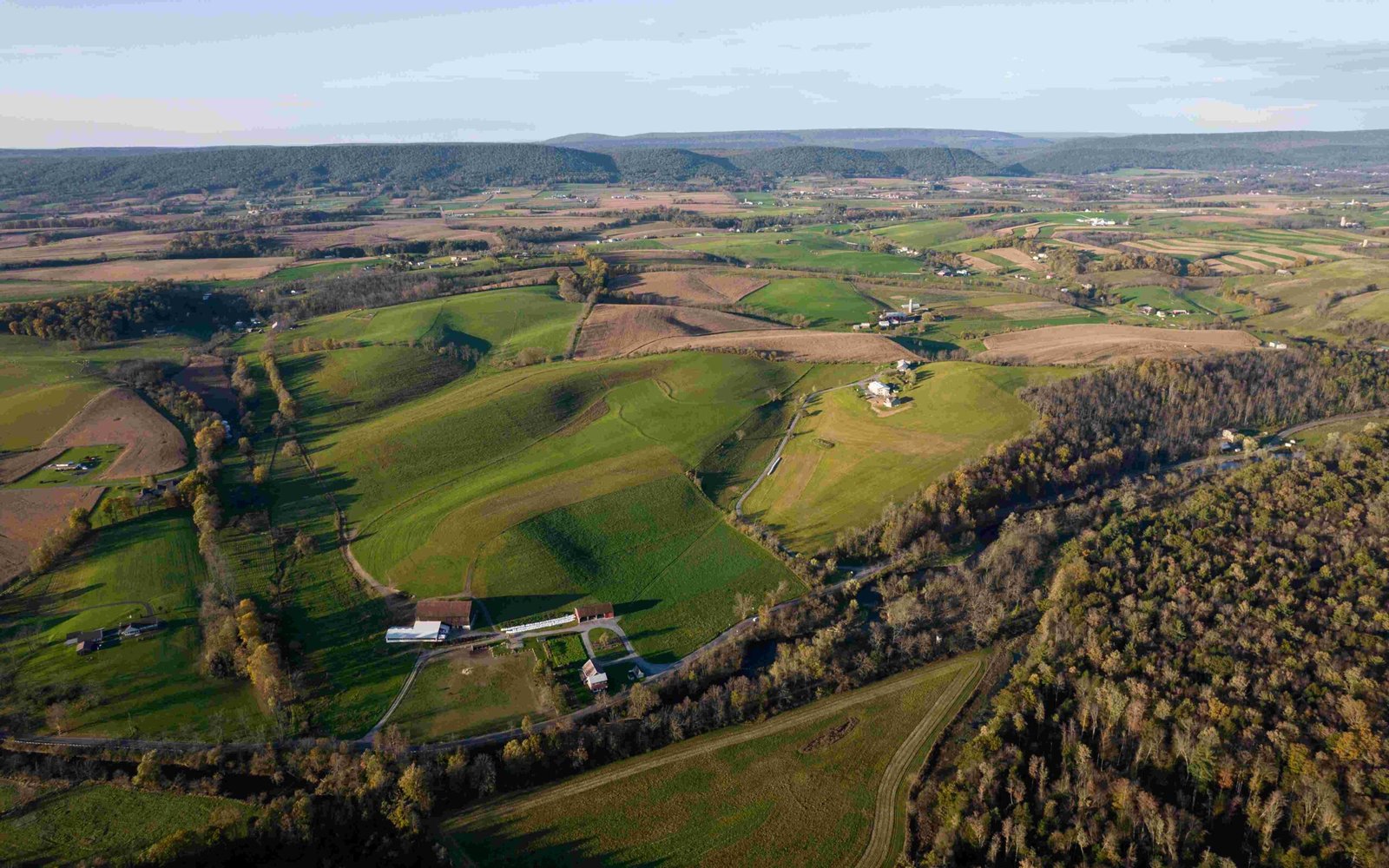Southern Appalachian Fly Fishing: A Comprehensive Exploration
Southern Appalachian fly fishing represents a unique angling experience where pristine mountain streams, native trout species, and challenging terrain converge to create an unparalleled wilderness adventure. Anglers navigating these intimate waterways must master specialized techniques, understand complex ecosystem dynamics, and respect the delicate balance of these remarkable mountain environments.
What Makes Southern Appalachian Streams Unique?
The Southern Appalachian mountain streams offer a distinctive fly fishing landscape characterized by:
- Narrow, cascading waterways
- Dense forest canopies
- Cold, clear waters
- Native and wild trout populations
- Challenging casting environments
| Stream Characteristic | Description |
|---|---|
| Water Temperature | 50-65°F |
| Average Stream Width | 10-25 feet |
| Predominant Trout Species | Brook, Brown, Rainbow |
| Vegetation Density | High |
Why Are Casting Techniques Critical?
Successful Southern Appalachian fly fishing demands mastering specialized casting methods due to the region’s unique geographical constraints. Traditional overhead casting becomes nearly impossible in these tight, vegetation-dense environments.
Recommended Casting Techniques
- Bow and Arrow Cast
- Ideal for extremely confined spaces
- Allows precise fly placement under low branches
-
Requires minimal backcast room
-
Roll Casting
- Essential in narrow stream corridors
- Minimizes potential snags
- Maintains accuracy in challenging terrain
What Fly Patterns Work Best?
Selecting appropriate fly patterns requires understanding local insect populations and trout feeding behaviors. The Southern Appalachians demand a nuanced approach to fly selection.
Top Recommended Flies
- Dry Flies
- Adams Variant
- Thunderhead
- Orange Stimulator
-
Elk Hair Caddis
-
Nymphs
- Tellico Nymph
- Green Wire Caddis Larva
- Yallerhammer Wet Fly
How Do Seasonal Changes Impact Fishing?
Seasonal variations dramatically influence Southern Appalachian fly fishing strategies. Understanding these changes helps anglers adapt their techniques effectively.
Seasonal Fishing Characteristics
- Summer:
- Early morning/late evening most productive
- Use smaller, lighter flies
-
Focus on shaded stream sections
-
Fall:
- Peak brown trout spawning period
- Larger streamers become more effective
- Vibrant foliage enhances fishing experience
Where Are the Best Fishing Locations?
| Location | Notable Features |
|---|---|
| Tellico River, TN | Wild and stocked trout |
| Davidson River, NC | Famous Green Drake hatch |
| Great Smoky Mountains | Native brook trout habitat |
Conservation and Ethical Considerations
Responsible Southern Appalachian fly fishing requires:
– Obtaining proper permits
– Following catch-and-release practices
– Minimizing environmental impact
– Respecting local wildlife regulations
Pro Tips for Success
- Use short, 7-9 foot leaders
- Approach streams stealthily
- Wear neutral-colored clothing
- Study stream topography before fishing
- Carry lightweight, versatile gear
Final Thoughts
Southern Appalachian fly fishing transcends mere recreational activity—it’s an immersive experience connecting anglers with pristine mountain ecosystems. Mastering this art requires patience, skill, and profound respect for nature.

